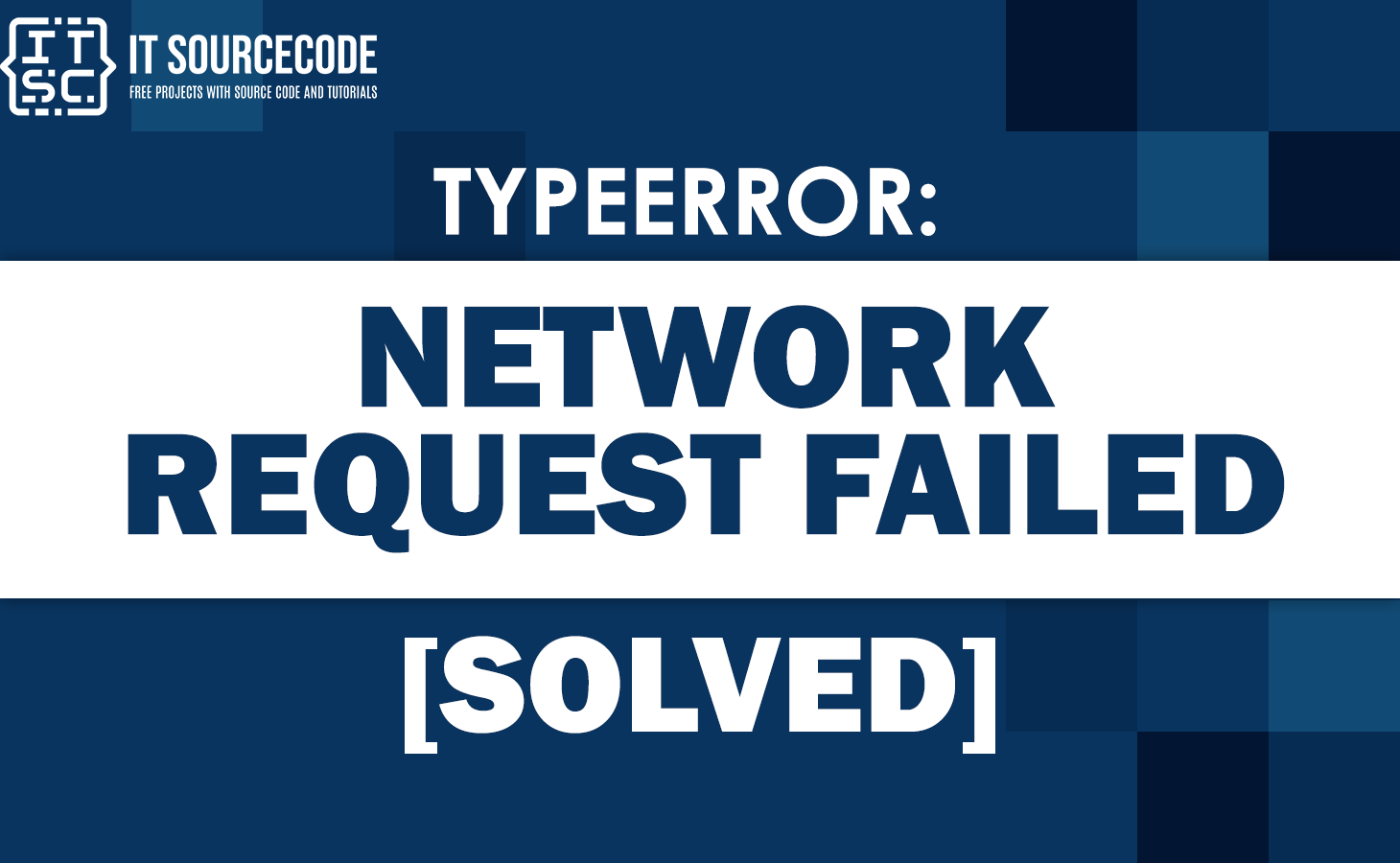Are you experiencing the error message “TypeError: Network request failed”?
But you don’t know how and why this error occurs and you don’t know how to fix it?
Then, this article is for you.
In this article, we will discuss the possible causes of “Typeerror network request failed“, and provide solutions to resolve the error.
But first, Let’s Discuss what this Typeerror means.
What is “Typeerror network request failed”?
This error message “Typeerror network request failed” is an error that can occur in the context of an HTTP fetch request in computer programming.
It indicates that the fetch request has failed due to a network issue.
What is HTTP fetch?
HTTP fetch is a standard way for web browsers to make requests for resources, such as data or files, from a server.
It is an important tool for web developers in creating dynamic and interactive web applications.
Now let’s move to the reasons why “Typeerror network request failed” occurs.
Why Typeerror network request failed Occurs?
The “network request failed” error can occur for several reasons, such as:
- Network connectivity issues:
The Typeerror occurs if the internet connection is not stable.
The Fetch request can fail due to a lack of network connectivity.
- Server issues:
The error occurs if the server that is being requested is offline or experiencing some other issue, the Fetch request can fail.
- CORS (Cross-Origin Resource Sharing) issues:
Another reason why the typeerror occurs is if the server being requested has CORS enabled.
The request may fail if the domain from which the request is being made is not authorized to make the request.
- SSL/TLS issues:
If the server being requested requires a secure connection, and if there are issues with the SSL/TLS certificate or configuration.
The Fetch request can fail and result in an error.
Here’s an example code that results in a “network request failed” error:
fetch('https://example.com/data.json')
.then(response => {
if (!response.ok) {
throw new Error('Network response was not ok');
}
return response.json();
})
.then(data => {
console.log(data);
})
.catch(error => {
console.error('Error:', error);
});In this example, the code attempts to fetch data from the URL https://example.com/data.json.
If the Fetch request fails due to a network issue, it will throw an error with the message:
TypeError: Network request failedThe error is caught in the .catch() block and logged into the console.
Now let’s fix this error.
Typeerror network request failed – Solutions
Here are some solutions to the “Typeerror network request failed” error:
Solution 1: Check your internet connection:
To fix the “network request failed” error make sure that you have a stable internet connection and there are no issues with your network configuration.
You can try accessing other websites to see if you can access the internet.
For example:
if (navigator.onLine) {
console.log('Internet connection is available');
} else {
console.log('Internet connection is not available');
}Solution 2: Check the server status:
Another way to fix the “network request failed” error is to verify that the server you are requesting data from is online and responsive.
You can use tools like ping or curl to check the server status.
Just like the example below:
fetch('https://example.com/data.json')
.then(response => {
if (!response.ok) {
throw new Error('Network response was not ok');
}
return response.json();
})
.then(data => {
console.log(data);
})
.catch(error => {
console.error('Error:', error);
});
Solution 3: Check for CORS issues:
If you are requesting data from a server with CORS enabled, make sure that your domain is authorized to make the request.
You may need to add the appropriate headers to your Fetch request.
Here is an example code:
fetch('https://example.com/data.json', {
headers: {
'Access-Control-Allow-Origin': '*',
'Content-Type': 'application/json'
}
})
.then(response => {
if (!response.ok) {
throw new Error('Network response was not ok');
}
return response.json();
})
.then(data => {
console.log(data);
})
.catch(error => {
console.error('Error:', error);
});
In the example above, we use the Fetch API to send an HTTP GET request with additional headers and error handling to retrieve and parse JSON data from a server.
Solution 4: Use a different browser:
If the “network request failed” error persists, try using a different browser or clearing your cache to see if that resolves the issue.
For example:
Try accessing the same resource from a different browser, such as Chrome or Firefox.
Solution 5: Use a different method:
If none of the above solutions work, consider using an alternative method for retrieving data from the server, such as XMLHttpRequest or Axios.
For example:
axios.get('https://example.com/data.json')
.then(response => {
console.log(response.data);
})
.catch(error => {
console.error('Error:', error);
});In this example, we use the Axios library to send an HTTP GET request to the URL.
Then logging the response data to the console if the request was successful.
If an error occurs during the request, the error message will be logged to the console instead.
So those are the alternative solutions that you can use to fix “Typeerror network request failed”.
By following the solutions given above, you can troubleshoot and resolve the error in your code.
Here are the other fixed Python errors that you can visit, you might encounter them in the future.
- typeerror unsupported operand type s for str and int
- typeerror: object of type int64 is not json serializable
- typeerror: bad operand type for unary -: str
Conclusion
In conclusion, “TypeError: network request failed” is an error message that can occur in the context of an HTTP fetch request in computer programming.
It indicates that the fetch request has failed due to a network issue.
By following the given solution, surely you can fix the error quickly and proceed to your coding project again.
I hope this article helps you to solve your problem regarding “Typeerror network request failed”.
We’re happy to help you.
Happy coding! Have a Good day and God bless.

